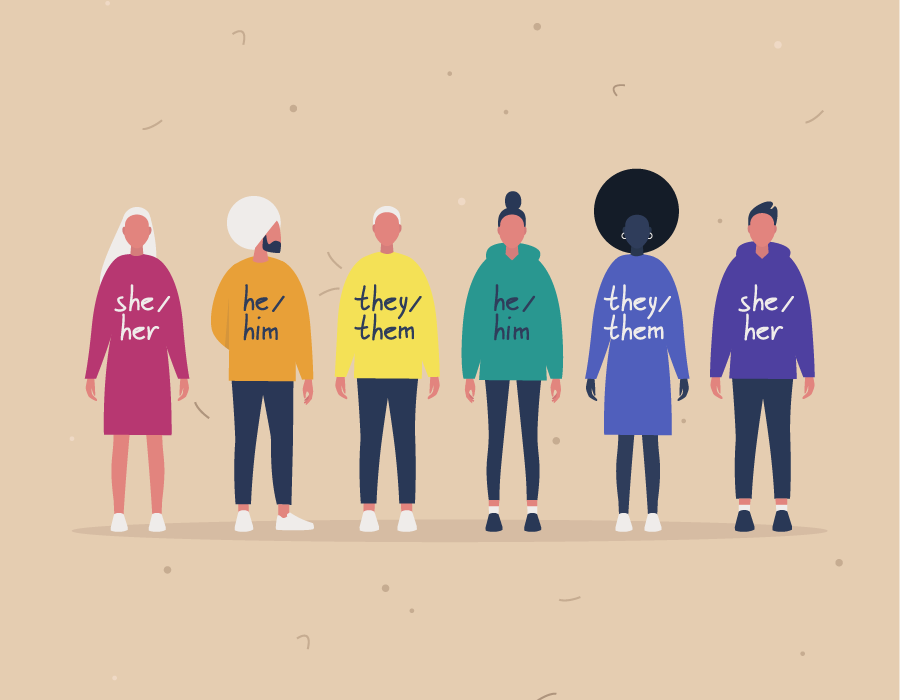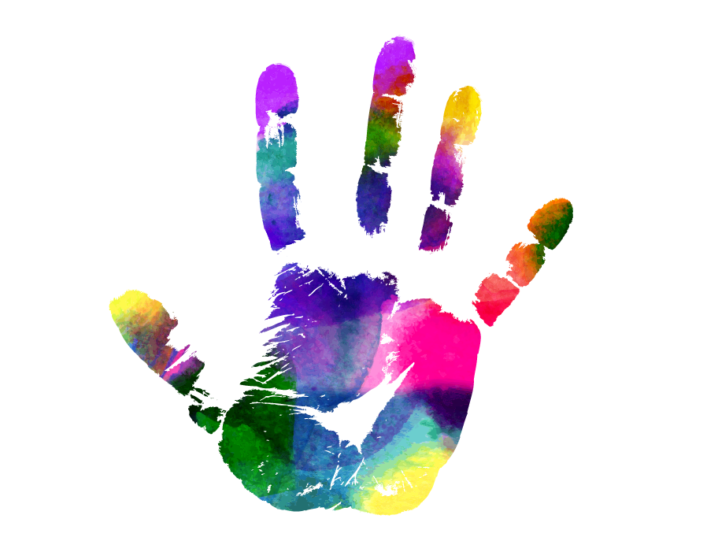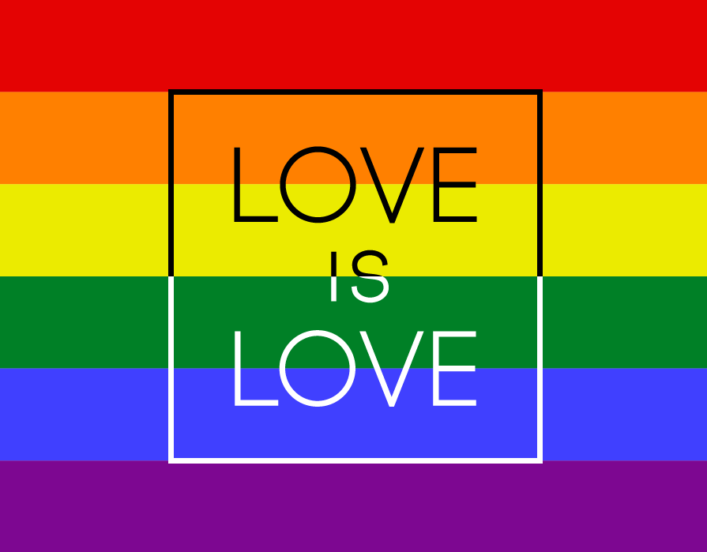DEI Toolkit: Gender & Gender Identity

Definitions
Definition of gender
1b : the behavioral, cultural, or psychological traits typically associated with one sex.
Source: Merriam-Webster Dictionary
Definition of gender identity
1 : a person’s internal sense of being male, female, some combination of male and female, or neither male nor female.
Source: Merriam-Webster Dictionary
Gender is perhaps the dimension of diversity that has changed the most over time and continues to evolve as our understanding of social constructs expands. As a social construct, what gender is, how it is defined, and its position in the social structure or hierarchy of a society, changes over time and across countries. Gender refers to the characteristics, behaviors, roles and norms that we ascribe to women, men, girls and boys. It often manifests itself through the concepts of masculinity and femininity. Gender is based on assumptions that society has formed about what women, men, girls and boys should be like, rather than how they want to be.
Gender is distinct from sex. Sex refers to the biological and physiological characteristics of males, females, and intersex people — such as reproductive organs, hormones and chromosomes. Gender and sex are often treated as the same thing when, in fact, they aren’t. And neither of these things is the same as gender identity, which refers to a person’s sense of their gender, which may or may not correspond to their sex assigned at birth.
Now that we’ve covered the differences in these terms, there’s another aspect of gender that is important to understand: Gender fluidity. Gender exists on a spectrum, with each of us lying somewhere along that continuum. Our gender expression can be seen in how we look, how we dress and how we describe ourselves — right down to pronoun usage. The traditional use of he/him, she/her reflects a binary notion of gender. This excludes people who don’t identify in either of these two ways. Some people use they/them pronouns or other gender neutral options such as zie/zir. It is best to always ask new people you meet what their pronouns are, rather than making an assumption based on their appearance or voice. AAUW National uses they/them for individuals in writing when their pronouns are unknown.
As an organization we need to create a space where non-binary, gender-fluid and transgender individuals feel comfortable and want to participate. Fighting gender discrimination is at the heart of our mission and shouldn’t be perpetuated within our own organization. We must learn to be welcoming and include different perspectives into what we do.
Readings:
- Print Materials:
- Websites:
Activities:
- Edugraphics
- Classroom Activities on Gender Stereotypes & Equality
- Gender Identity Activities
- Printable Games & Activities
- Toolkit for Sex, Sexual Orientation, Gender Identity, Gender Expression
Videos:
Related
Dimensions of Diversity & Identity

DEI Toolkit: Marital Status

DEI Toolkit: Sexual Orientation

